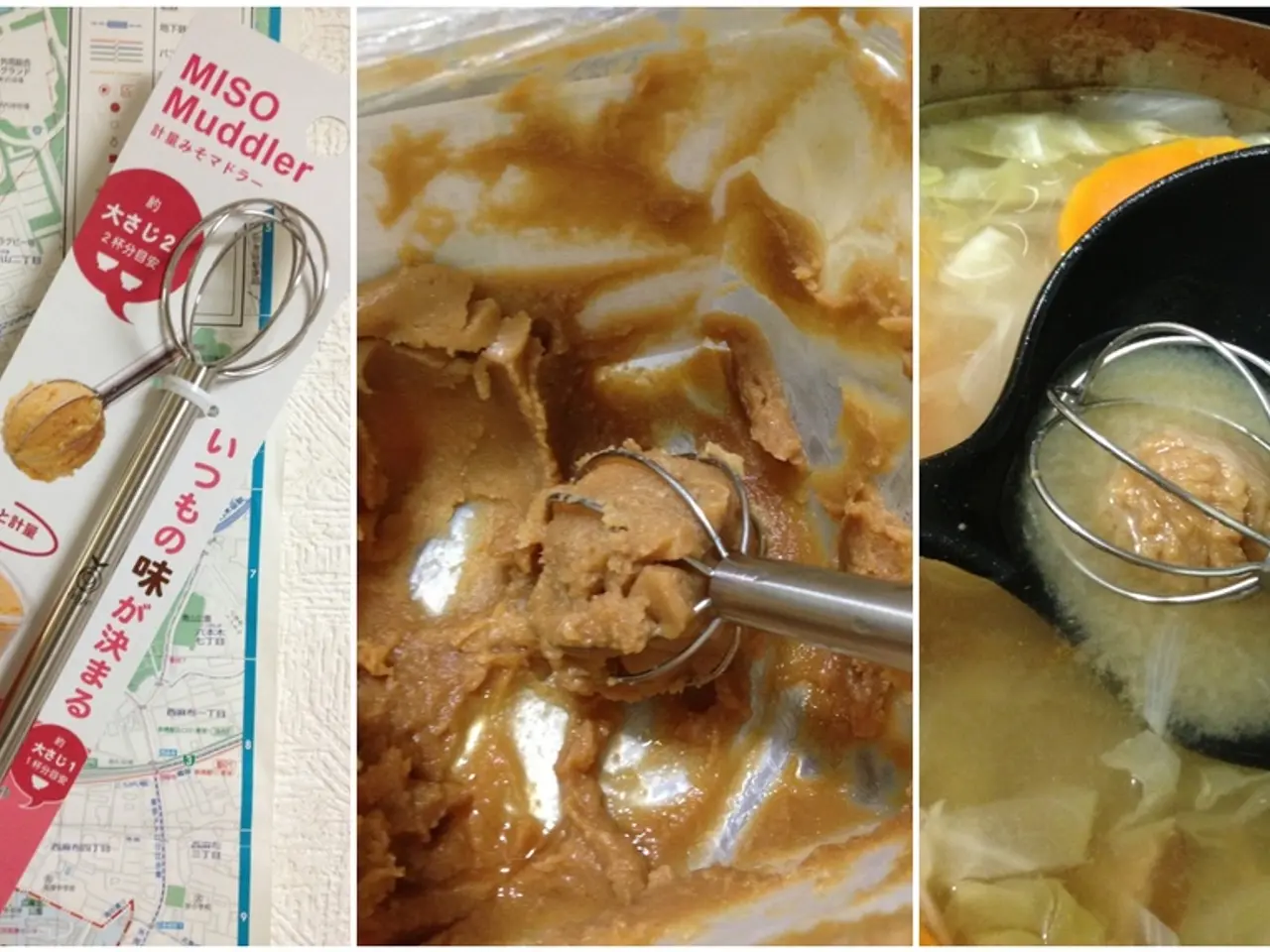Rising demand for organic milk drives up costs
Europe has witnessed an upward trend in the prices of organic milk and yogurt, with several factors contributing to this development. The Agricultural Market Information Company (AMI) has conducted an analysis that sheds light on the reasons behind these price hikes.
### **1. Rise in Organic Milk Prices Across Key European Markets**
In April 2026, average prices for organic milk products saw an increase across major European markets, including Austria, Germany, and Belgium. Compared to March 2025, prices have risen, with a further uptick observed since the previous round.
- In Austria, the price of a liter of fresh organic whole milk has risen to 1.35 euros. - Germany has also experienced a price increase, with the price of a liter of fresh low-fat organic milk now at 1.25 euros. - In Belgium, the price of organic milk has increased, but specific figures were not available at the time of this report.
The increase in demand for organic natural yogurt, particularly for large containers offered by retailers, has also played a role in the price hike. The price increase for organic cow's milk has been observed since the beginning of July.
Interestingly, while demand for organic cheese has increased, demand for organic butter has decreased due to the price level.
### **2. Sales Boom in Organic Fresh Milk**
The increase in demand for organic milk has led to a small boom in sales of organic fresh milk, with purchases increasing by 12 percent from January to May 2025. This trend suggests that consumers are willing to pay more for organic products, despite the price increase.
However, it's important to note that the price increase does not apply to organic milk advertised outside the refrigerated section. Additionally, there is no permanent reduction in prices for organic milk in the refrigerated section.
The price increase for organic natural yogurt has been more substantial, with a 30 percent increase from the same period. This significant rise in price could be due to the growing popularity of organic yogurt and the increased demand from consumers.
As the demand for organic products continues to grow, it will be interesting to see how these price trends develop in the future. Consumers and businesses alike will need to navigate these changes as they strive to meet the growing demand for organic products while managing costs.
- The upward trend in prices of organic milk and yogurt in Europe is not limited to these dairy products, as food-and-drink items like organic fresh milk and natural yogurt have seen a price increase.
- This trend towards expensive organic products aligns with the lifestyle and health-and-wellness preferences of many consumers, extending to sectors like fitness-and-exercise and healthy-cooking, where premium organic ingredients are now more in demand.
- The Agricultural Market Information Company (AMI) further found that the increase in demand for organic products such as milk and yogurt also applies to other organic food items, like cheese and cow's milk, signifying a broader shift in consumer preferences towards organic food and drink.
- With growing awareness and concern for health and wellness, it's no surprise that science and the understanding of organic farming's benefits are increasingly being integrated into the food-and-drink industry, helping justify the higher prices associated with organic products.




